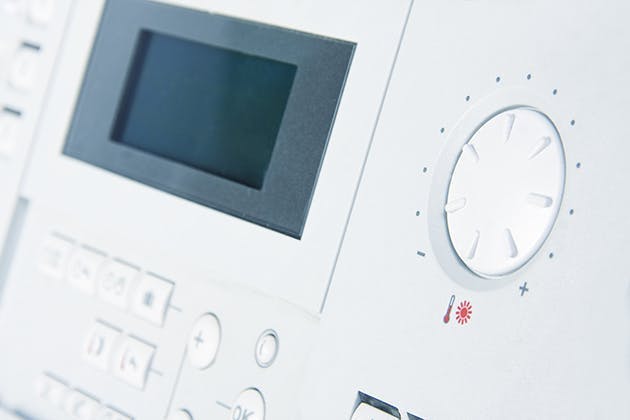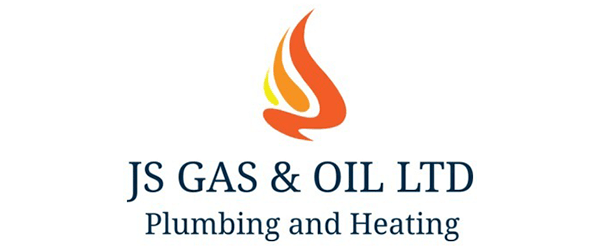When your boiler displays a fault code, it can be worrying - especially during the cold winter months. This guide will help you understand what these codes mean and what actions you might need to take.
Common Boiler Fault Codes and Their Meanings
Differential Water Flow Switch Faults
E12 and E13 error codes typically indicate problems with the differential water flow switch. This component monitors water flow within the boiler. E12 suggests the switch is closed when it should be open, whilst E13 indicates the opposite. These faults often stem from issues with the pump, blockages in the system, or a faulty flow switch itself.
Gas Valve Command Fault
The E15 error code points to a gas valve command fault. This could mean the gas valve isn't opening or closing properly, potentially due to a wiring issue, a faulty valve, or problems with the printed circuit board (PCB).
NTC Sensor Faults
NTC (Negative Temperature Coefficient) sensors measure temperature at various points in the boiler. E20, E28, and E40 error codes relate to NTC sensor faults for central heating, flue, and central heating returns, respectively. These faults could indicate a damaged sensor, wiring issues, or incorrect readings due to scale buildup.
DHW NTC Sensor Fault
An E50 error code signifies a fault with the Domestic Hot Water (DHW) NTC sensor. This sensor monitors the temperature of your hot water supply. A fault here could lead to inconsistent hot water temperatures or no hot water at all.
No Communication Errors
Error codes E83, E84, E85, E86, and E87 all indicate communication failures between various components of the boiler system. These could be due to loose connections, damaged wiring, or faulty circuit boards.
Pre-circulation and Overtemperature Faults
E109 refers to a pre-circulation fault, which occurs when the boiler fails to circulate water properly before ignition. E110 indicates that the boiler has exceeded its maximum temperature, potentially due to a pump failure or air in the system.
Low Water Pressure
The E118 error code signifies that the primary system water pressure is too low, typically below 0.5 bar. This could be due to a leak in the system or a failure to maintain proper pressure levels.
Common Manufacturer Fault Codes
Worcester Bosch Fault Codes
The EA fault code indicates an ignition failure, meaning your boiler has tried to light but hasn't succeeded. This could be due to a gas supply issue or a faulty ignition component. First, check if your gas supply is working and if other gas appliances are functioning. If everything else is working, you'll need a Gas Safe registered engineer to inspect the ignition system.
When you see a D5 fault code, this suggests the external probe or room thermostat isn't working correctly. The first step is to check if your thermostat's batteries need replacing. If changing the batteries doesn't resolve the issue, you might need to have the thermostat or its wiring checked by a professional.
A CE/SN fault code indicates a communication error between your boiler's printed circuit board (PCB) and the control board. Due to the technical nature of this fault, it requires professional diagnosis as it could be due to damaged wiring or a faulty component.
Vaillant Fault Codes
F22 Fault Code This warning appears when your system pressure is too low. Check the pressure gauge - it should typically show between 1 and 2 bar. If it's below 1 bar, you may need to repressurise your system using the filling loop. If you're constantly losing pressure, there might be a leak that needs addressing.
F28 Fault Code Similar to Worcester's EA code, this indicates an ignition failure. Follow the same checks regarding your gas supply before calling an engineer.
F75 Fault Code This suggests a pump fault or pressure sensor issue. While you can check the pressure yourself, resolving this typically requires professional intervention.
Ideal Boilers Fault Codes
L2 Fault Code This indicates a failure to ignite. Check your gas supply and meter, ensuring there's no interruption to your gas service.
F1 Fault Code This suggests low water pressure. Check your pressure gauge and repressurise if necessary. If the pressure keeps dropping, you likely have a leak that needs addressing.
F3 Fault Code This indicates a fan fault. The boiler's fan helps expel dangerous gases, so this fault requires immediate attention from a qualified engineer.
What to Do When You See a Fault Code
When you encounter a fault code, begin by documenting the exact code displayed, as different variations of similar codes might indicate different problems. Next, perform some basic checks of your system. Ensure your gas supply is working properly, verify that the system pressure is correct, confirm all external controls like thermostats are functioning, and check there's power to the boiler.
It's important to consult your boiler's manual, as it will contain specific information about fault codes and might suggest simple fixes you can try safely. However, if your boiler shows a fault code and resetting doesn't solve the issue, avoid the temptation to keep resetting it. Multiple resets could potentially cause additional problems or mask a serious issue that needs professional attention.
If you would like to get professional help from our heating engineers in Burnley, Ramsbottom, Rossendale and Rochdale, give us a call on 07791 802791.



